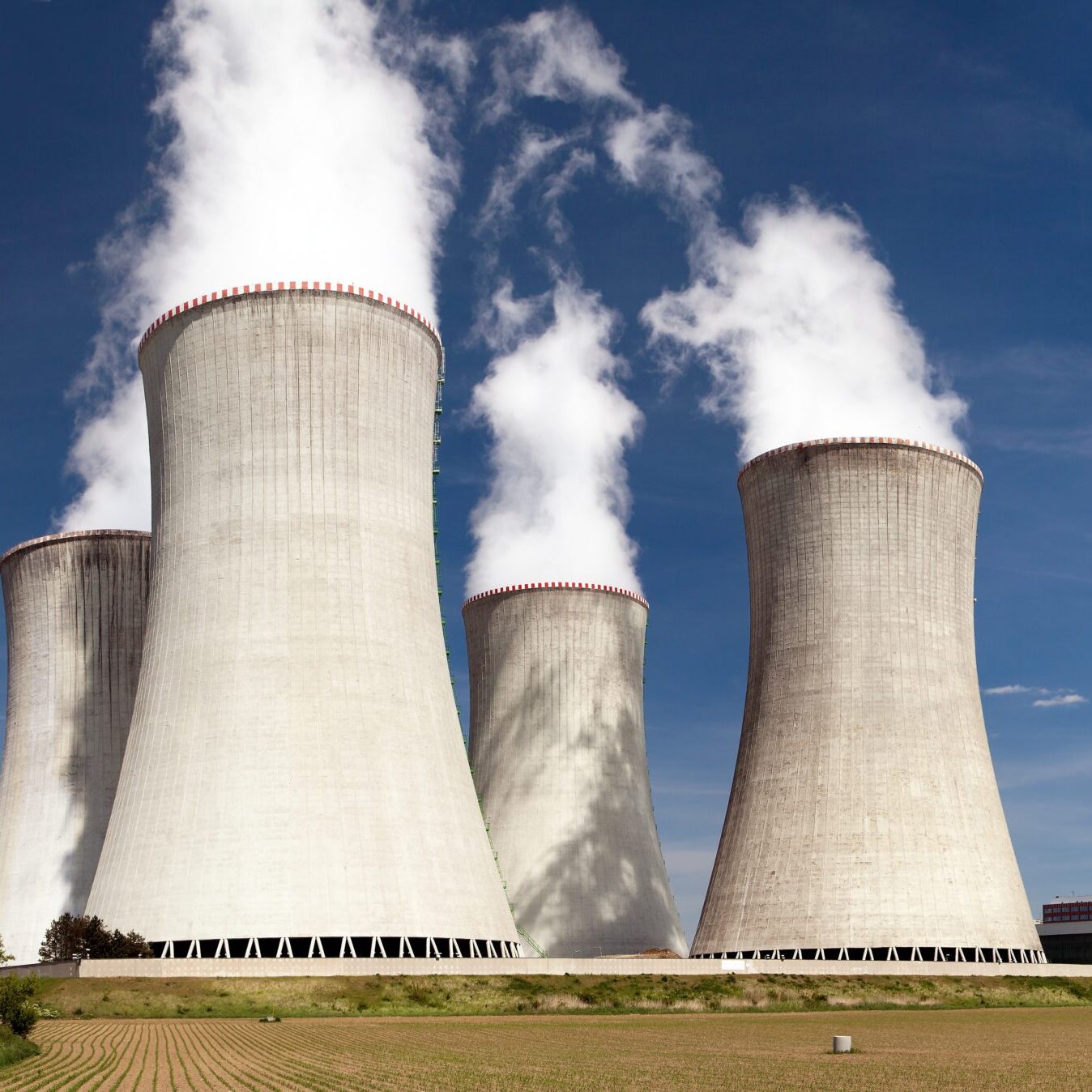This was the title of a discussion programme on SRF television. The answer depends very much on your point of view. The expansion of nuclear power slowed down after the Chernobyl disaster (1986) and practically came to a standstill after Fukushima (2011), with Asia (China, India) being the exception. Since Europe has renounced Russian gas and wants to take the reduction of CO2 emissions seriously, nuclear energy is enjoying more support in Europe again.
The biggest advocates of nuclear power come from the IT industry: for Jensen Huang, CEO of Nvidia, nuclear power is virtually the natural energy source for operating the power-hungry data centres and Microsoft has already concluded a long-term supply contract with the damaged Three Mile Island nuclear power plant.
Some Key Aspects
In addition to high reliability and climate neutrality, nuclear power’s apologists cite the greater safety and lower radioactive waste of the new reactor designs. In addition, nuclear power plants reduce dependence on problematic exporters of fossil fuels. Essentially, however, proponents and opponents have been putting forward the same arguments for decades. Public opinion remains divided and varies from country to country.
The technology is indeed developing. However, the first SMRs – Small Modular Reactors – are unlikely to go into operation before 2030. The economic viability of new construction projects remains a major challenge, as the new plants in the UK and Finland have shown. While state support for solar and wind projects is declining, this is not (yet?) the case for new nuclear power plants.
Significance for Carnot Capital
The future of nuclear technology remains vague due to high costs and safety concerns, which is why we are not directly involved. In addition, sustainability is controversial. Over the last 20 years, the production of nuclear power has remained more or less stable globally. Due to the high growth in renewable and fossil electricity production, the proportion has halved to around 10%. In terms of value, investments in renewable energies are currently around ten times higher. We are therefore looking for investment opportunities in the management of electricity grids, where requirements have risen sharply. Schneider Electric, ABB and BKW fall into this category.
Did You Know?
The first British coal-fired power station was started up by Thomas Edison in 1882, and the last one went out of operation at the end of September.


